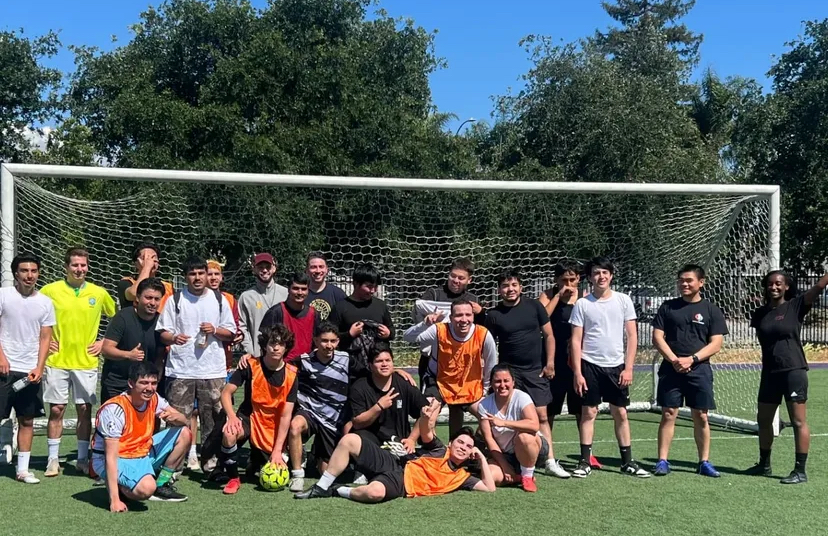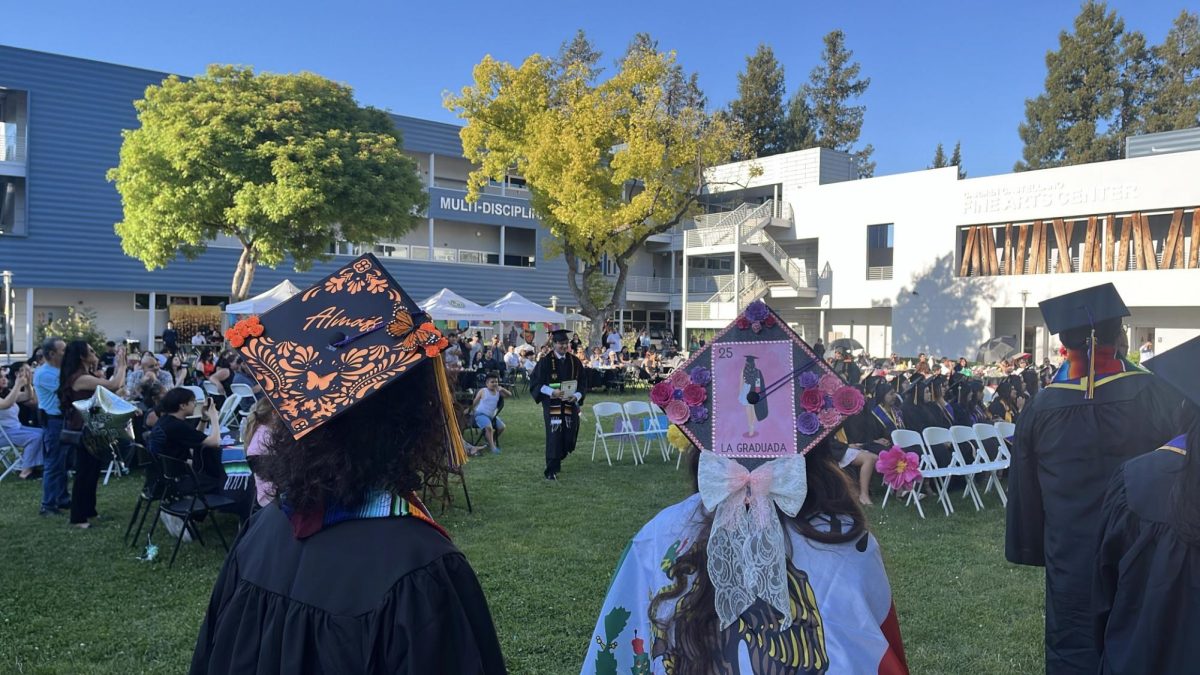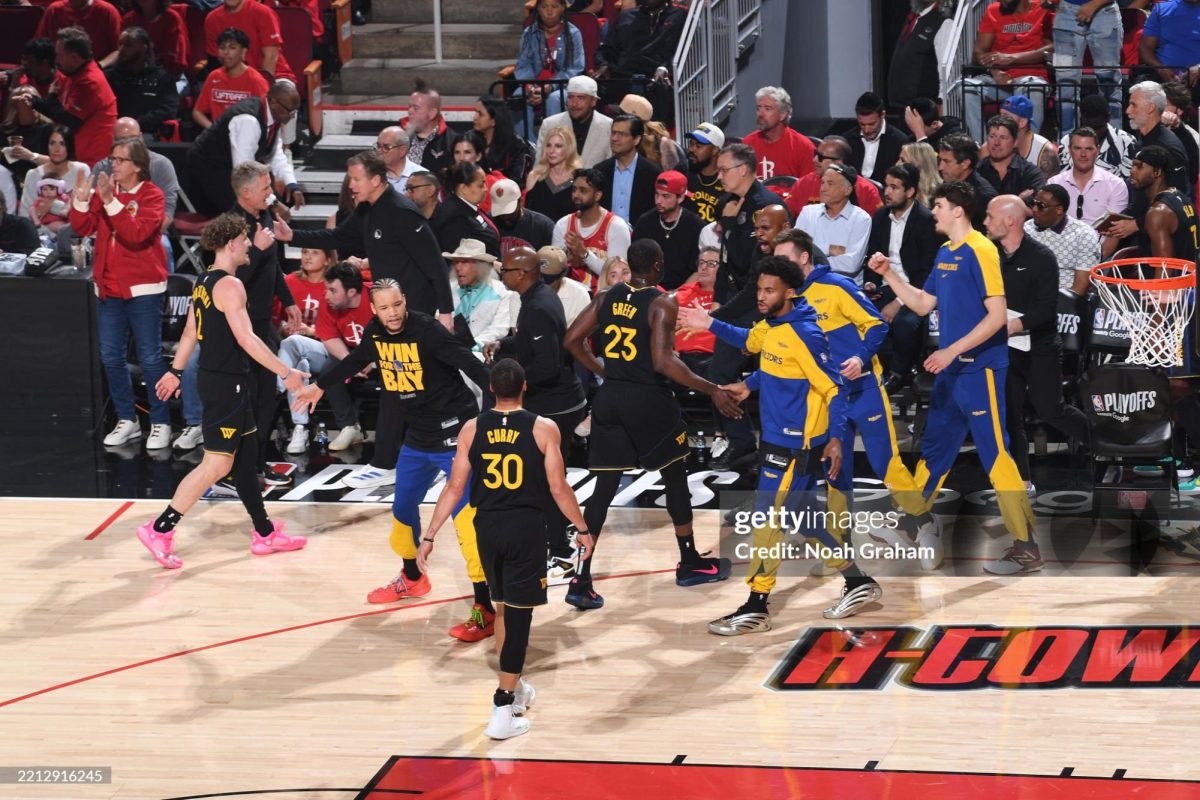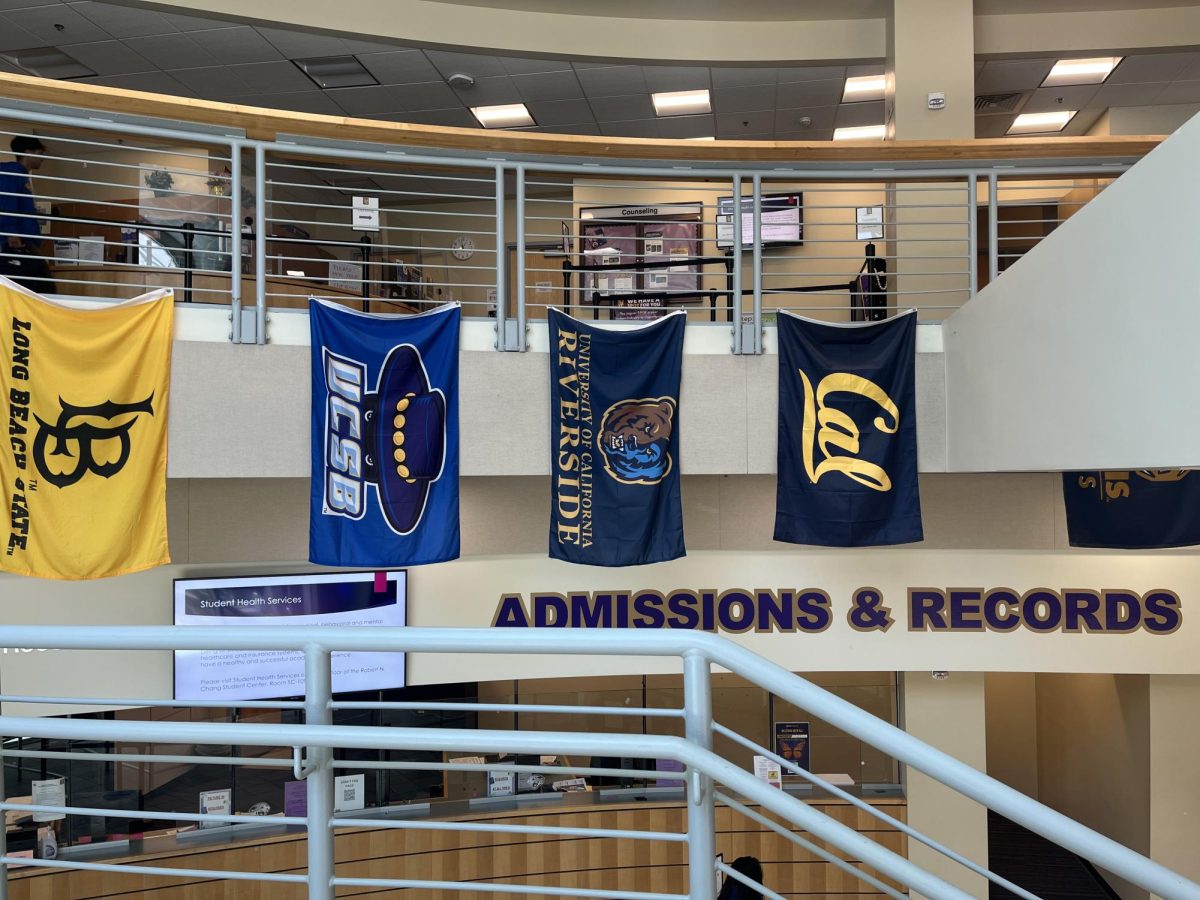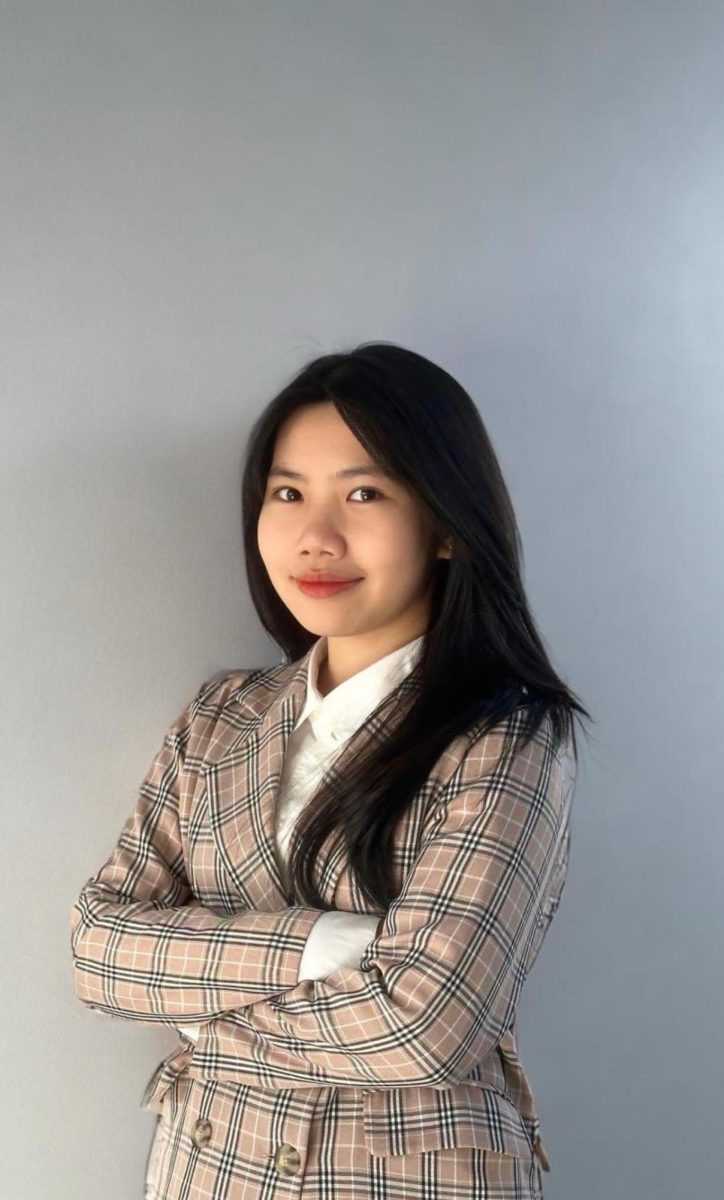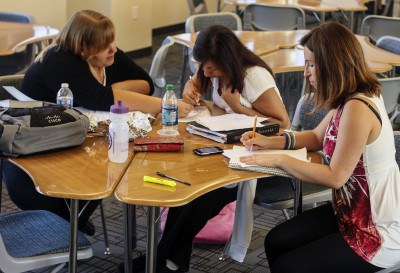
The Supplemental Instruction Program at San Jose City College aims to provide help in subjects, such as math, chemistry and physics, by creating a collaborative learning environment.
“The idea is that students build up a study group and help each other,” said Angela Enciso, 25, child development major and Supplemental Instruction Leader.
Something that separates this program from other ways of academic support is the use of leaders, not tutors.
“More than a tutor, I am a leader, a student who took and passed the class,” Enciso said. “This way, the environment to learn and ask for help is more informal because there is no authority figure, and that allows student to ask more questions.”
According to the SIOL Manual on the website of the university of Missouri at Kansas City, getting students to work together is not as easy as it may seem.
SILs are trained in the beginning of and throughout the semester.
“Leaders are taught a series of instructional techniques and strategies to facilitate the performance of the group they are leading,” said Anuradha Soman, mathematics instructor and SI faculty coordinator of the program at SJCC.
SI has a different approach from other programs on how to help students do better.
“In contrast with a tutoring program, this program is not focused only on resolving the homework the students are given in class, but on learning and understanding the subject content,” Enciso said.
SI also gives students more skills and tools to solve the same problem.
“Students might not get how to solve problems as the way they are taught in class. So we explain to them how to solve the problems in other ways,” said Deyi Li, 23, electrical engineering major and SIL for math 111 and math 13 sections.
Through SI assistance, students learn new methods of problem solving from SI leaders but also from their own classmates.
“Different teachers have different methods of problem solving,” Enciso said. “When students get together they share with each other the methods they were taught, and therefore, they learn other ways to solve problems from each other as well.”
A recent survey shows that students who participated in seven or more SI sessions in fall 2011 for three math 11A (111) sections had a 76.5 percent pass rate, while non-SI students had a 54.2 percent pass rate.
At SJCC sessions can be taken in the Learning Resource Center in Room 104 in the Multidisciplinary Arts Complex. Sessions are 50-60 minute, every day from 9 a.m. to 5:30 p.m.
The program attempts to evolve into other academic areas.
According to the UMKC Website, Janice Levasseur, the SI Program coordinator, is planning to implement SI into online classes in the future.

